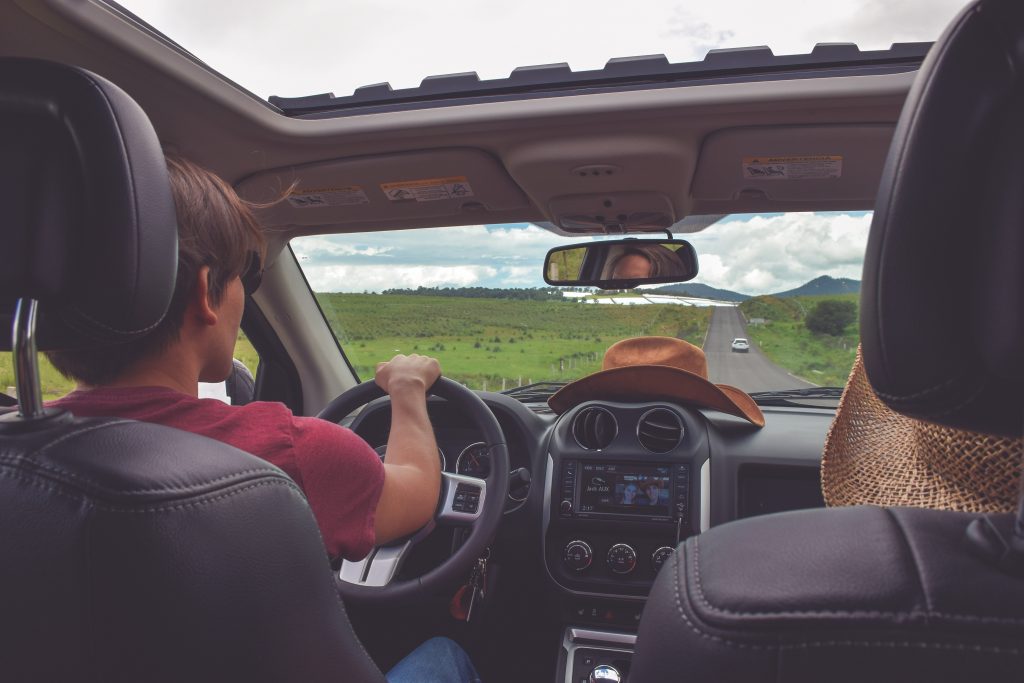Always looking for ways to beat the Summer heat while driving? Here a a few of the classic tactics and one maybe you didn’t know…to help you maintain a cooler vehicle on those hot and humid summer days.
Block the Sun From Car Windows
Cars are notorious for trapping heat and causing interior temperatures to skyrocket…according to the National Weather Service. According to one test, a parked car’s temperature rose from 80 degrees to more than 94 degrees in about two minutes, and reached 123 degrees within an hour. Interior vehicle temperatures can reach up to 200 degrees…according to Consumer Reports.
Reducing the amount of heat entering through your windows may help keep your car cooler, making it more comfortable when it’s time to take a ride. Here are some tips to help keep your car cool in the summer:
- Tinted windows: Most costly, but most consistent way to block the sun, says Cars.com. But first check state’s laws, as some have restrictions on how much or which windows you can tint.
- Sun shades: Less expensive way of blocking the direct rays coming into your vehicle, says Consumer Reports. It keeps the temperature slightly lower, which can help your car cool down more quickly once the vehicle is started.
- Covered parking: Consumer Reports suggests looking for a shady spot or parking your car so the sun is hitting the rear window instead of the windshield. This may help keep the steering wheel and front seats slightly cooler.
- Slightly Opened Windows: Because windows hold in warm air, leaving them open slightly while parked will create slight airflow. If your vehicle has a sunroof, Cars.com says you can also crack that or use the vent feature if it’s not raining. Less than an inch…will to help minimize theft potential.




